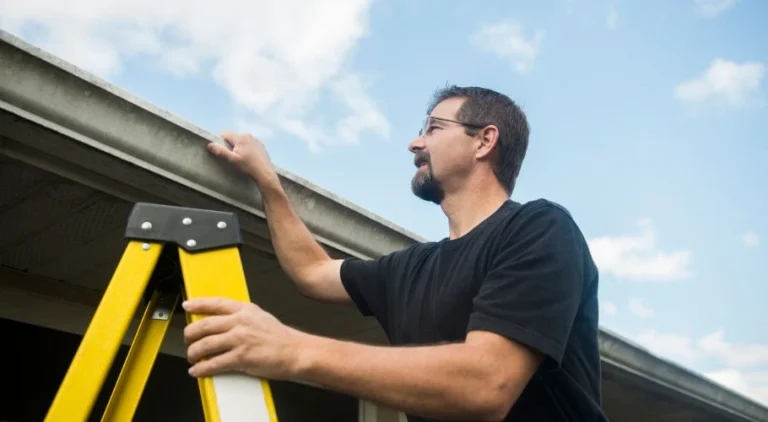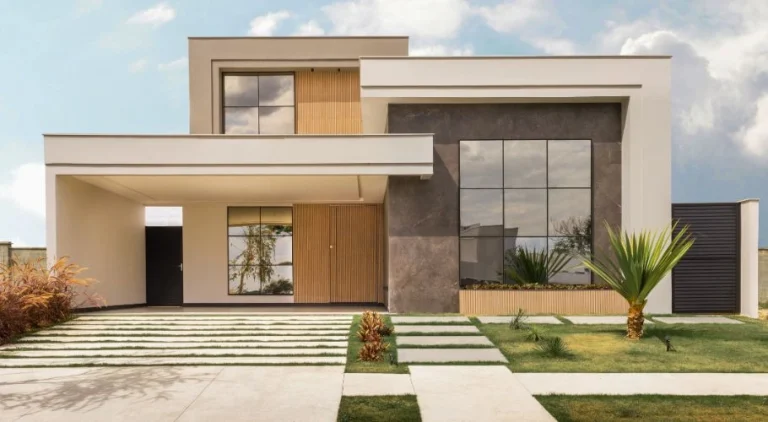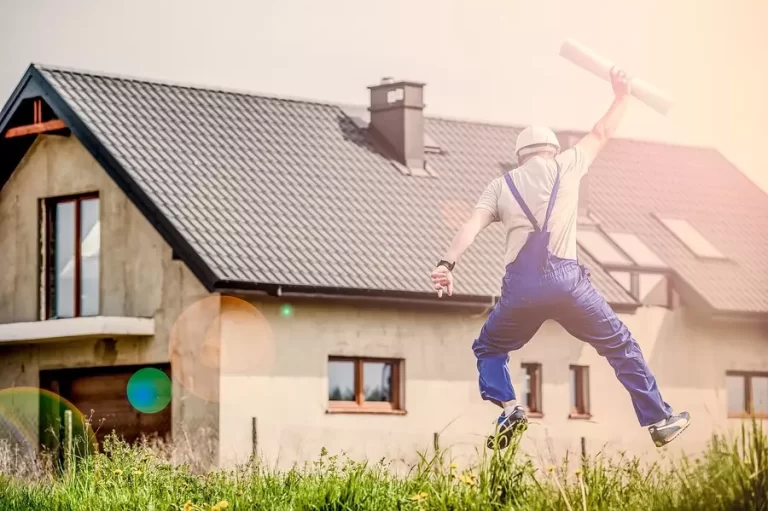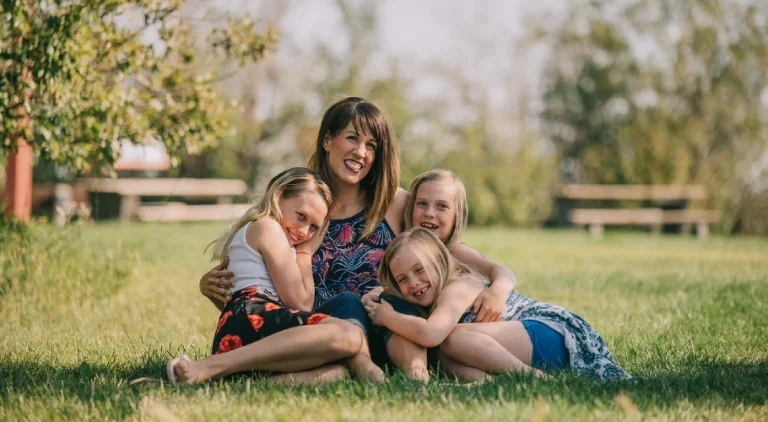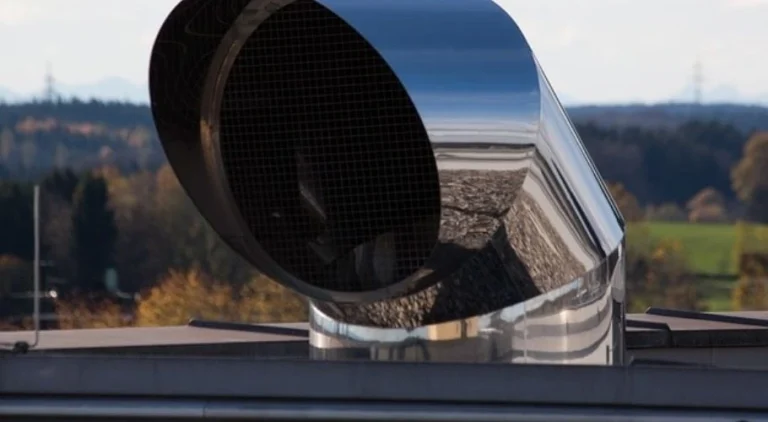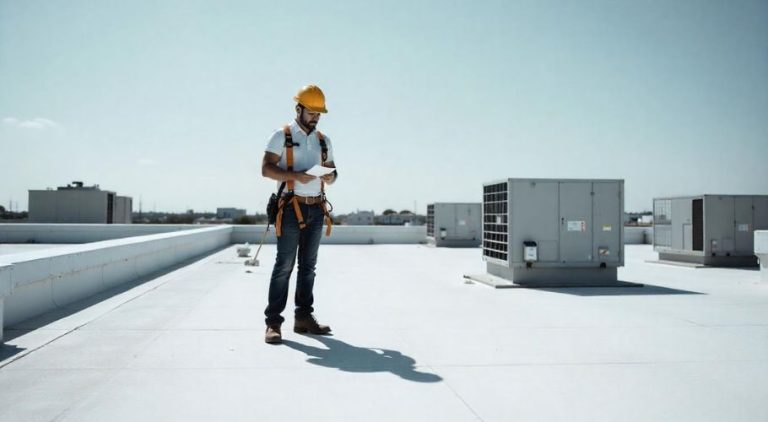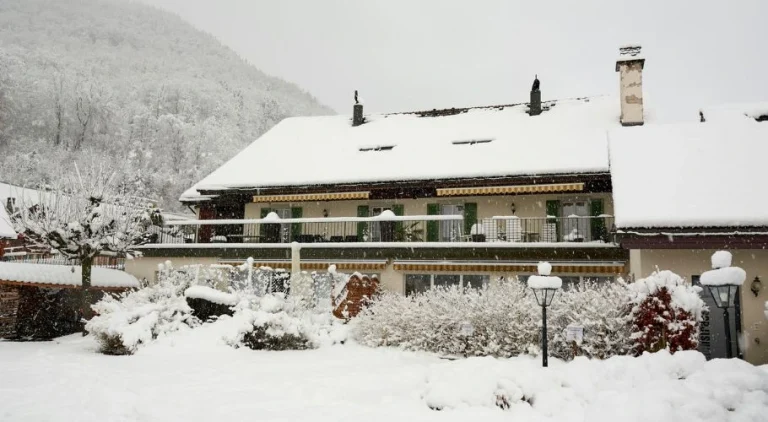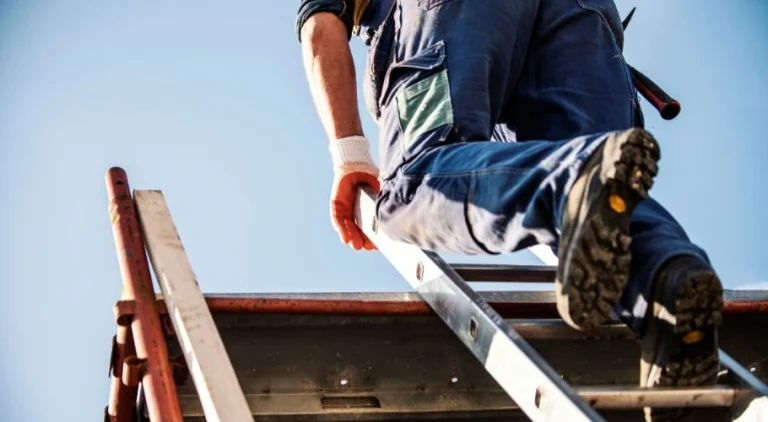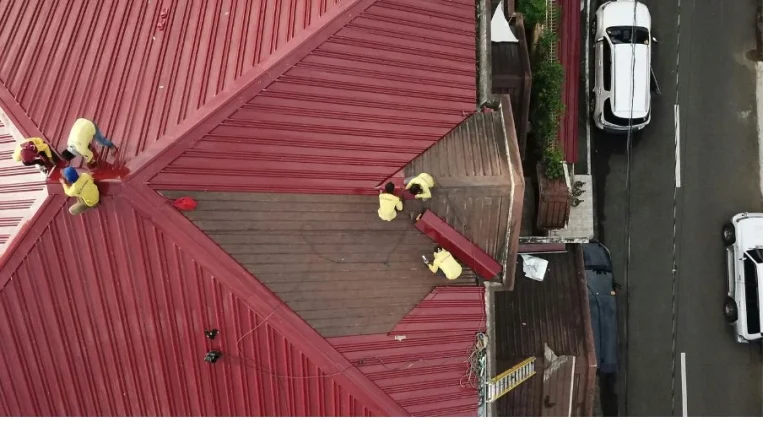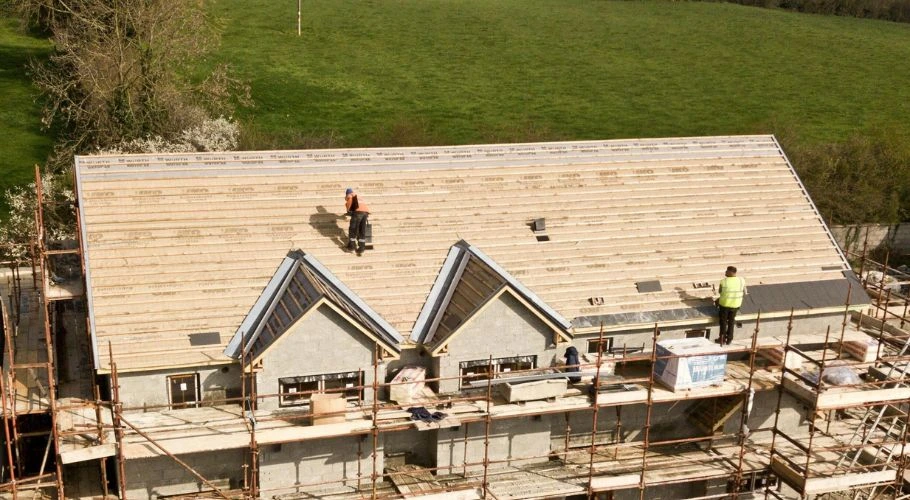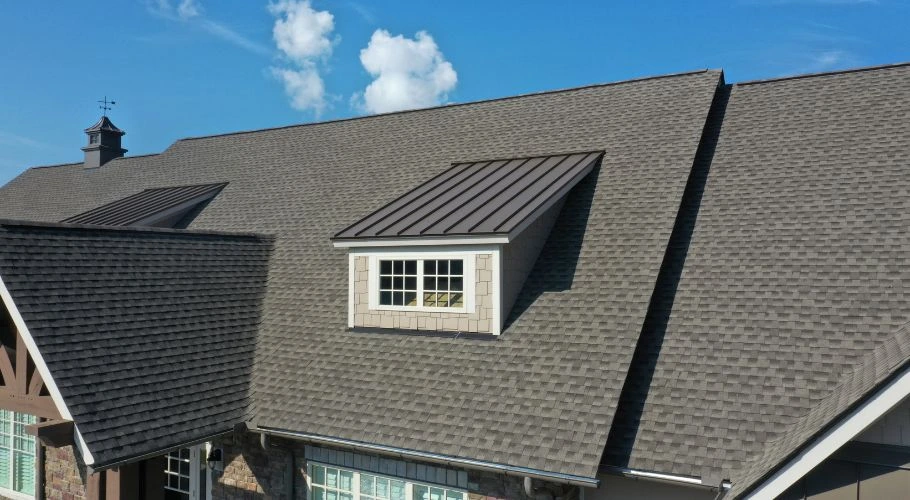
The Impact of Weather on Different Roofing Materials
Let’s be honest: Oklahoma’s weather doesn’t mess around. From scorching heat to tornadoes, your roof takes a beating all year long. If your roof can’t handle the extremes, your home is at risk. Choosing the right roofing material isn’t just important—it’s essential for surviving Oklahoma’s unpredictable weather conditions.
Oklahoma’s Weather: Not for the Faint of Roof
Oklahoma has it all—searing summers, brutal hailstorms, and those infamous tornadoes. Not all roofing materials can handle what Mother Nature throws at them. When it comes to protecting your home, you need something tough enough to hold up in a storm. Let’s break down how different materials stack up against our wild weather.
Roofing Materials: Which Ones Can Weather the Storm?
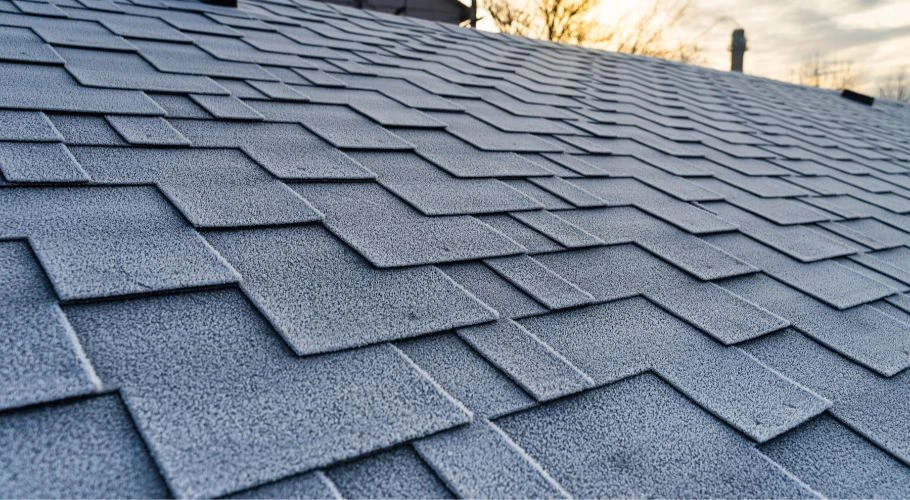
Asphalt Shingles: Affordable, but Can They Handle the Wind?
Asphalt shingles are a budget-friendly and common choice, but let’s face it—they don’t always hold up when the winds start howling. Tornado-season gusts can lift or rip them right off your roof, leaving you vulnerable to further damage. If you’re set on shingles but concerned about those storm-force winds, Robbins Roofing can help you explore wind-resistant options that won’t break the bank.
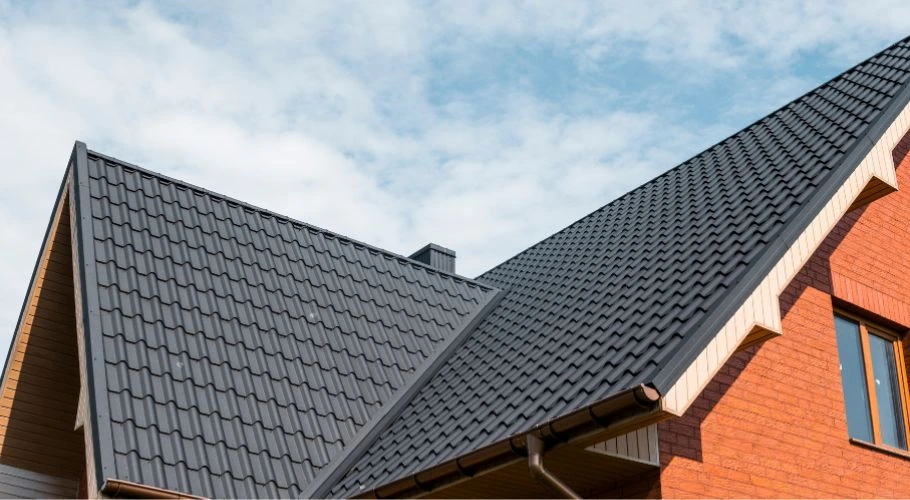
Metal Roofs: The Tornado-Ready Champion
Metal roofing is rapidly gaining popularity in Oklahoma, and for good reason. It’s durable, built to handle extreme weather conditions, and stands strong against high winds. Plus, its heat-reflecting properties make it a star performer during our scorching summers. If you want a roof that can survive just about anything, metal roofing is your go-to.
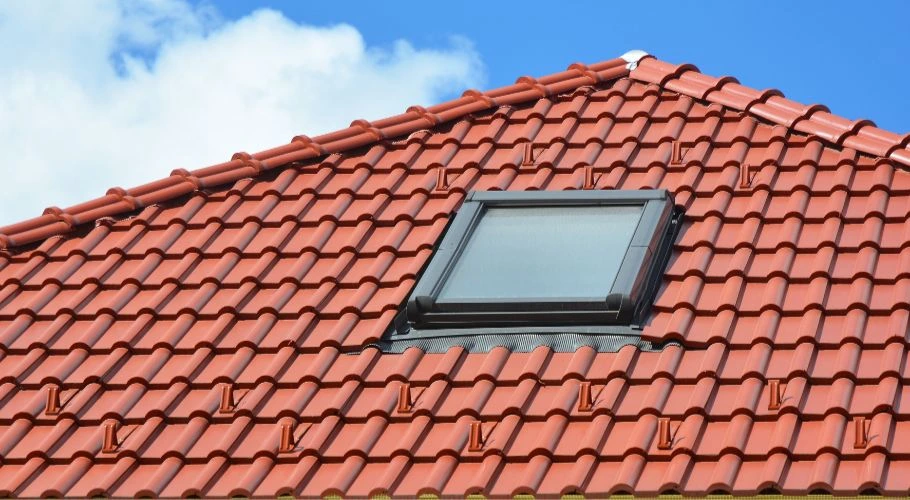
Tile Roofing: Stylish but Fragile in Hail
Tile roofs look great and last a long time under the right conditions. But when it comes to Oklahoma’s notorious hailstorms, they might not be the most reliable. Tiles can crack or shatter under the impact of hailstones. If style is your top priority, you’ll want to work with a professional roofing contractor, like Robbins Roofing, to explore impact-resistant options.
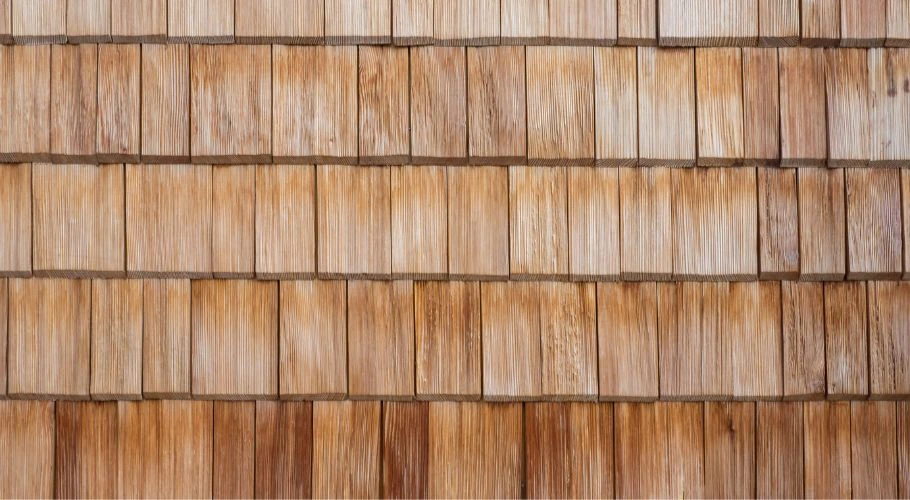
Wood Shingles: Beautiful, but Fire Risk in Dry Seasons
Wood shingles bring a rustic charm that’s hard to resist, but they come with risks in Oklahoma’s climate. Our dry, hot summers can turn wood shingles into a fire hazard, and strong winds or heavy rains can lead to warping and splitting. If you’re set on wood, make sure you understand how Oklahoma’s weather can put your roof at risk.

Synthetic Roofing: The All-Weather Contender
Synthetic roofing, made from rubber or polymer-based materials, is a rising star in areas with unpredictable weather. Engineered to resist strong winds, hail damage, and UV rays, synthetic roofing materials are designed to mimic the look of slate, wood, or tile while offering superior durability. They’re also lightweight, meaning less stress on your home’s structure. For a long-lasting solution that can handle anything Oklahoma throws its way, synthetic roofing is a top contender.
Impact of Heat on Roofing Materials
When the summer heat hits, it’s not just the thermometer rising—your roof feels the heat too. Asphalt shingles can curl and deteriorate under prolonged sun exposure, while metal roofing stays cool and maintains its integrity. Heat resistance is another crucial factor in choosing the right material, especially when the temperatures climb.
Choosing the Right Roof Material for Oklahoma’s Extreme Weather Conditions
There’s no one-size-fits-all when it comes to roofing materials. What works in other states won’t always cut it here in Oklahoma. Robbins Roofing can guide you through the process of selecting a material that can stand up to our specific climate challenges—from sweltering heat to tornadoes.
Roof Design: What Works Best for Oklahoma’s Wild Weather?
Picking the right roofing material is just one part of the puzzle. The design of your roof can have a huge impact on how well it holds up under Oklahoma’s unpredictable weather conditions. Let’s break down some popular roof designs and how they fare against everything from high winds to heavy rain.
Mansard Roof: Stylish but Vulnerable
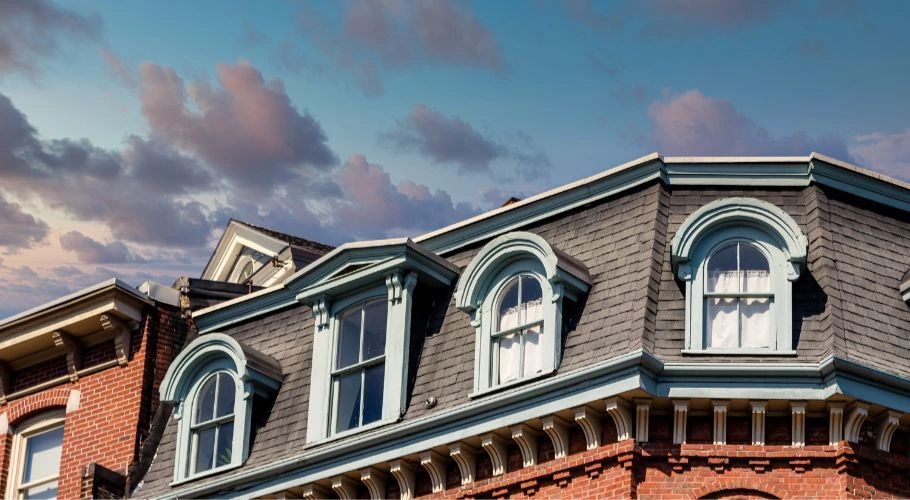
The mansard roof has a unique design with four sloping sides, often with dormer windows. While it adds a lot of extra space and a distinct French-inspired look, this roof design may struggle with Oklahoma’s high winds. The flat upper section of a mansard roof can take a beating in a windstorm, making it a less-than-ideal choice for tornado-prone areas.
Gable Roofs: Great for Rain, Not So Much for Wind
Gable roofs are one of the most common designs, thanks to their simple, steeply pitched shape. They’re excellent for shedding water and snow, which makes them a good option during Oklahoma’s rainy season. However, that steep pitch also makes them more vulnerable to wind damage, especially during a tornado or high-wind event. If you have a gable roof, bracing and reinforcement might help it stand up to extreme weather conditions.
Flat Roofs: Modern but High Maintenance
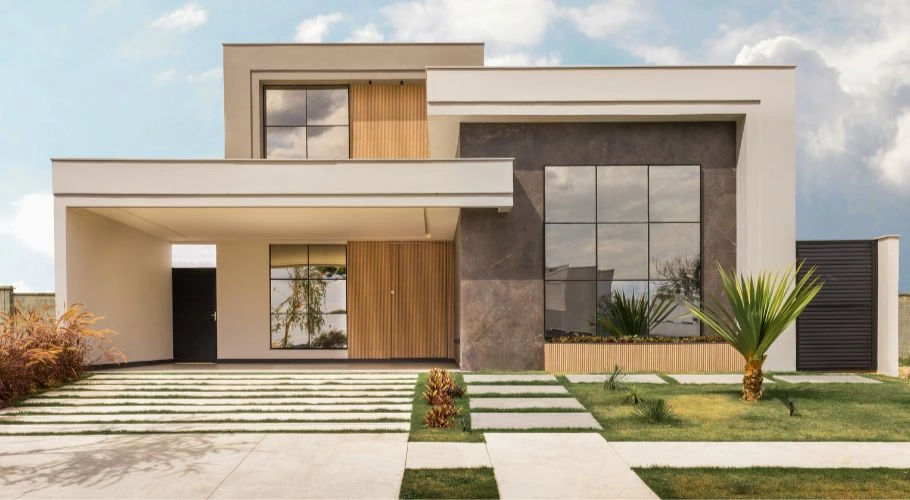
Flat roofs are a popular choice for commercial buildings and modern homes. While they have a sleek, minimalist look, they’re not always the best option for areas with heavy rainfall like Oklahoma. Water tends to pool on flat roofs, which can lead to leaks and damage if not properly maintained. That said, they are generally less affected by wind than sloped roofs, making them a decent option if you can keep up with drainage and waterproofing.
Gambrel Roofs: Country Charm with Wind Concerns
The gambrel roof, often seen on barns, has a two-sided design with two slopes on each side. While it’s perfect for creating extra space inside the home, it doesn’t always hold up well in high winds. Like gable roofs, the steep slopes can make gambrel roofs more vulnerable to wind damage. If you love the classic country look, consider reinforcing the roof to make it sturdier against tornado-force winds.
Curved Roofs: Sleek and Wind-Resistant
Curved roofs have a unique, modern design that not only looks cool but also functions well in windy areas. Their aerodynamic shape allows wind to flow over them more easily, reducing the risk of wind damage. They’re also great for rain runoff, making them a solid option for Oklahoma’s unpredictable weather patterns. Curved roofs are still relatively uncommon, but they’re worth considering for their durability.
French Roofs (Mansard Variant): Extra Space, Extra Risk
The French roof, often a variant of the mansard style, is similar in that it provides a lot of extra interior space. However, the flat top and complex design mean they’re not the best for areas with high winds or heavy rain. Like the mansard roof, the risk of wind and water damage is higher, so this design might not be the best fit for Oklahoma’s extreme weather.
Hip Roofs: Sturdy and Wind-Resistant
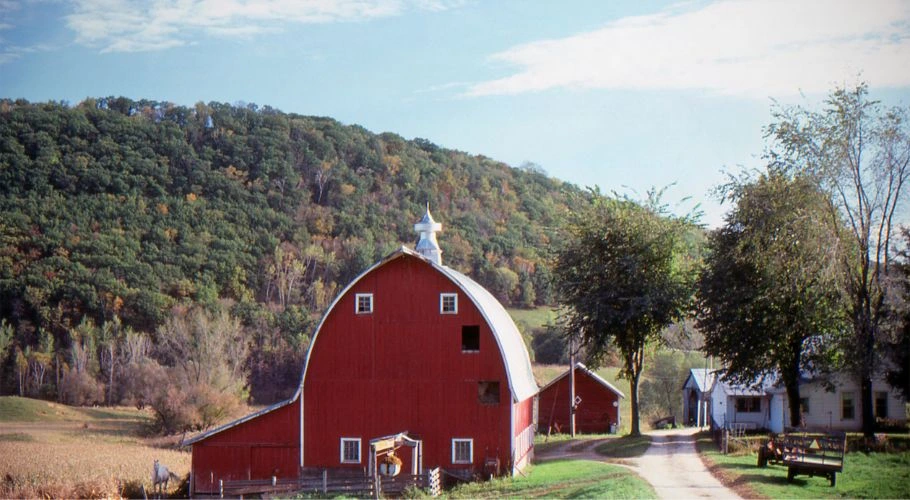
Hip roofs are one of the most stable and weather-resistant designs, with four sloping sides that come together at the top. This shape is great for areas with high winds, like Oklahoma, because the sloped sides reduce wind resistance. Hip roofs are also excellent for shedding rainwater, making them one of the best choices for homes facing extreme weather conditions. If you want a roof that can handle it all, the hip roof is a solid contender.
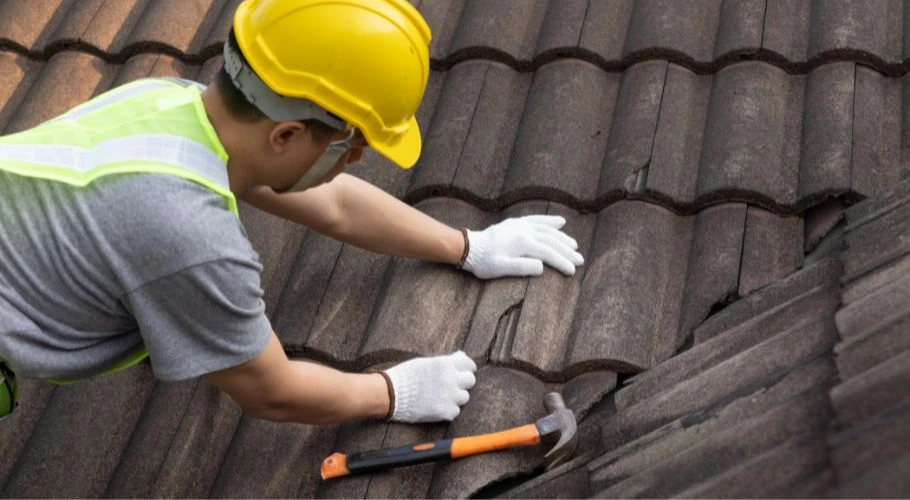
Roof Repairs: When to Call in the Pros
Oklahoma’s unpredictable weather can take a toll on your roof, even if it’s built with the best materials and design. From strong winds to heavy rain, it’s important to know when roof repairs are necessary to prevent further damage to your home.
When Should You Get Your Roof Inspected?
It’s always a good idea to have your roof regularly checked, especially after major storms or extreme weather events. High winds can cause significant damage, even if it’s not immediately obvious. Loose or missing shingles, cracks in the roof materials, or signs of wear and tear might not seem urgent at first, but neglecting them can lead to bigger problems down the road.
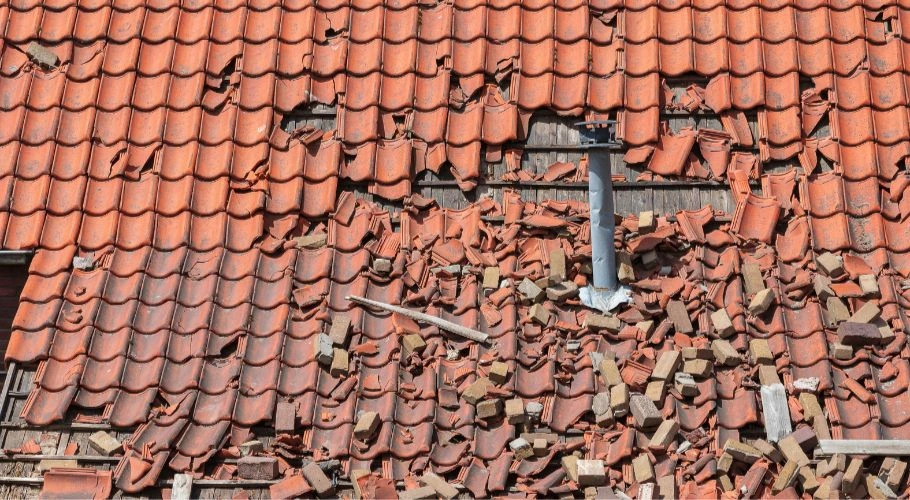
Signs of Storm Damage on Your Roof
Missing or Damaged Shingles:
Look for shingles that are missing, torn, or visibly damaged. Storms can easily displace or break shingles, leaving your roof exposed to further damage.
Granule Loss:
Check your gutters for a buildup of granules, which look like coarse black sand. Excessive granule loss weakens your shingles’ protective layer, making them more prone to damage.
Dents or Dings:
Hail and debris can leave dents or bruises on your roof. These indentations may not seem like a big deal, but they can compromise the roof’s integrity and lead to leaks over time.
Cracks or Splits:
After a storm, inspect your roof for cracks, splits, or fractures in the shingles or tiles. These can happen due to the impact of heavy rain, wind-driven debris, or the force of the storm.
Leaks or Water Stains:
Check your attic for signs of water infiltration, such as leaks or stains on ceilings and walls. Water damage can quickly escalate if not addressed.
Sagging or Uneven Areas:
Look along your roofline for any sagging or uneven sections. This could be a sign of storm-related structural damage.
Debris Accumulation:
Inspect your roof for debris like branches, leaves, or other materials left behind after a storm. Debris can trap moisture and speed up the wear and tear on your roof.
How Weather Affects Roof Materials
Weather affects every roof differently, depending on the materials used. For example, asphalt shingles might need more frequent repairs due to wind damage, while tile or metal roofs may crack or bend under severe conditions. Robbins Roofing specializes in identifying these issues and providing the right solutions before they escalate into something more serious.
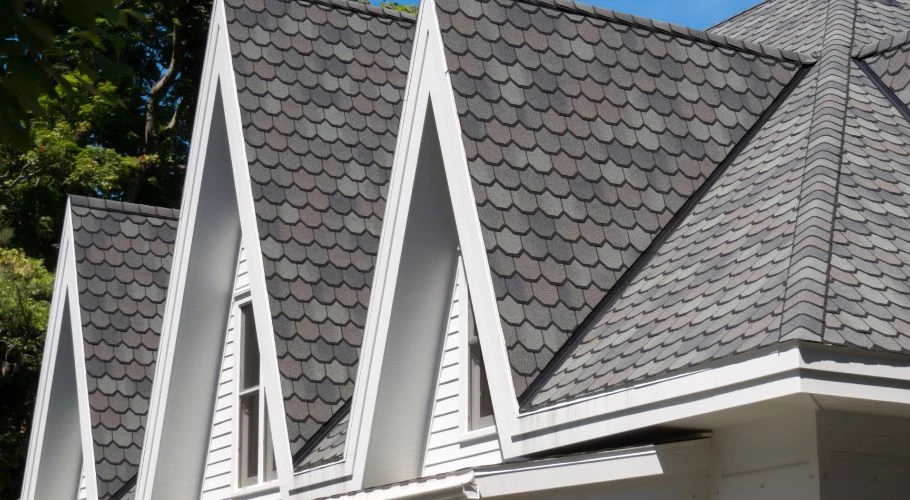
Robbins Roofing: The Time to Act Is NOW!
Oklahoma’s wild weather won’t wait, and neither should you. Whether you’ve noticed a few loose shingles or you’re dealing with weather-related roof damage, Robbins Roofing is ready to step in. Don’t let minor issues turn into major headaches. Our team of professionals is here to inspect your roofing system, tackle repairs, and protect your home from further damage. The longer you wait, the worse it can get—call Robbins Roofing today and make sure your roof is prepared for whatever Mother Nature throws your way.

